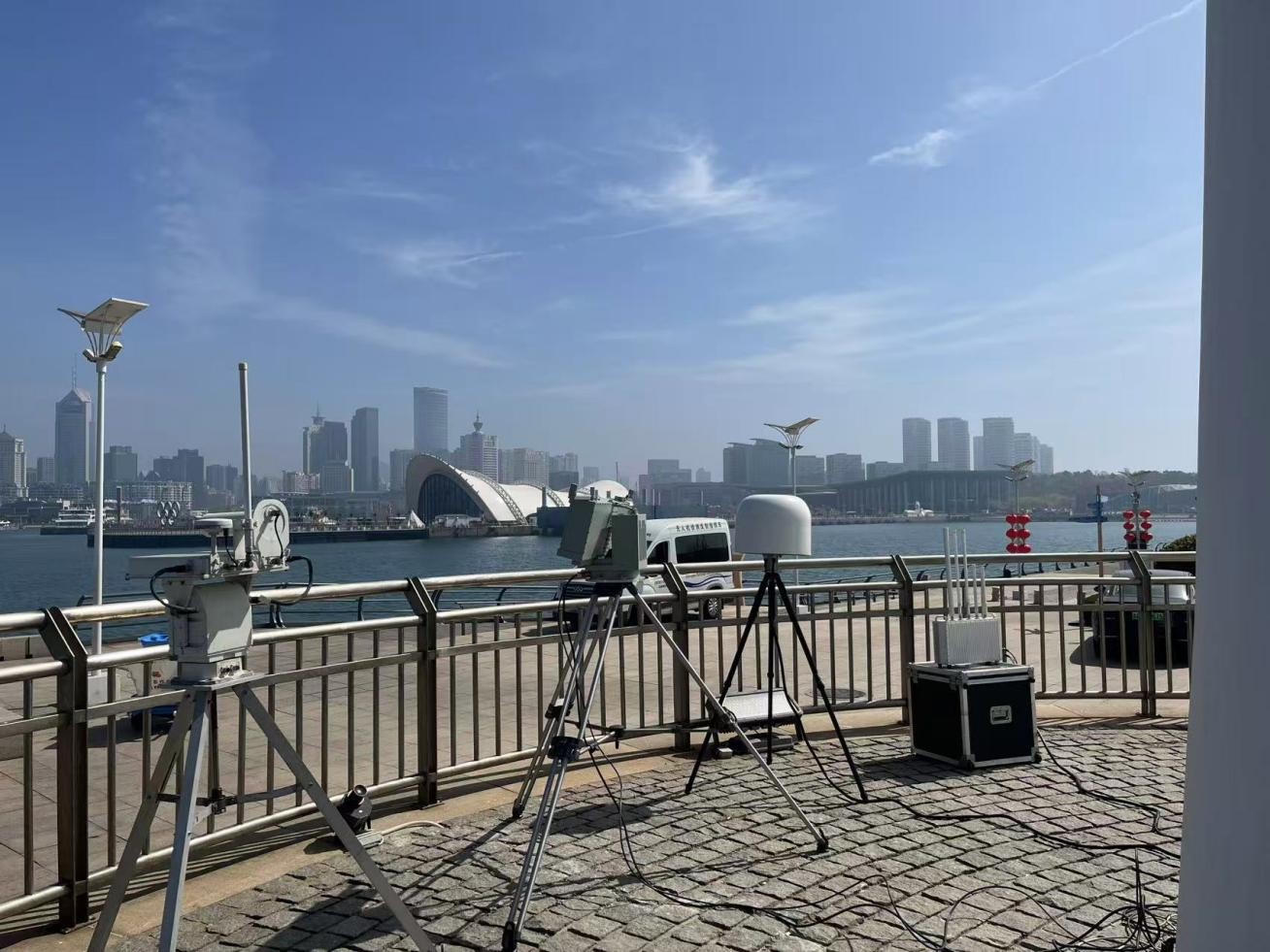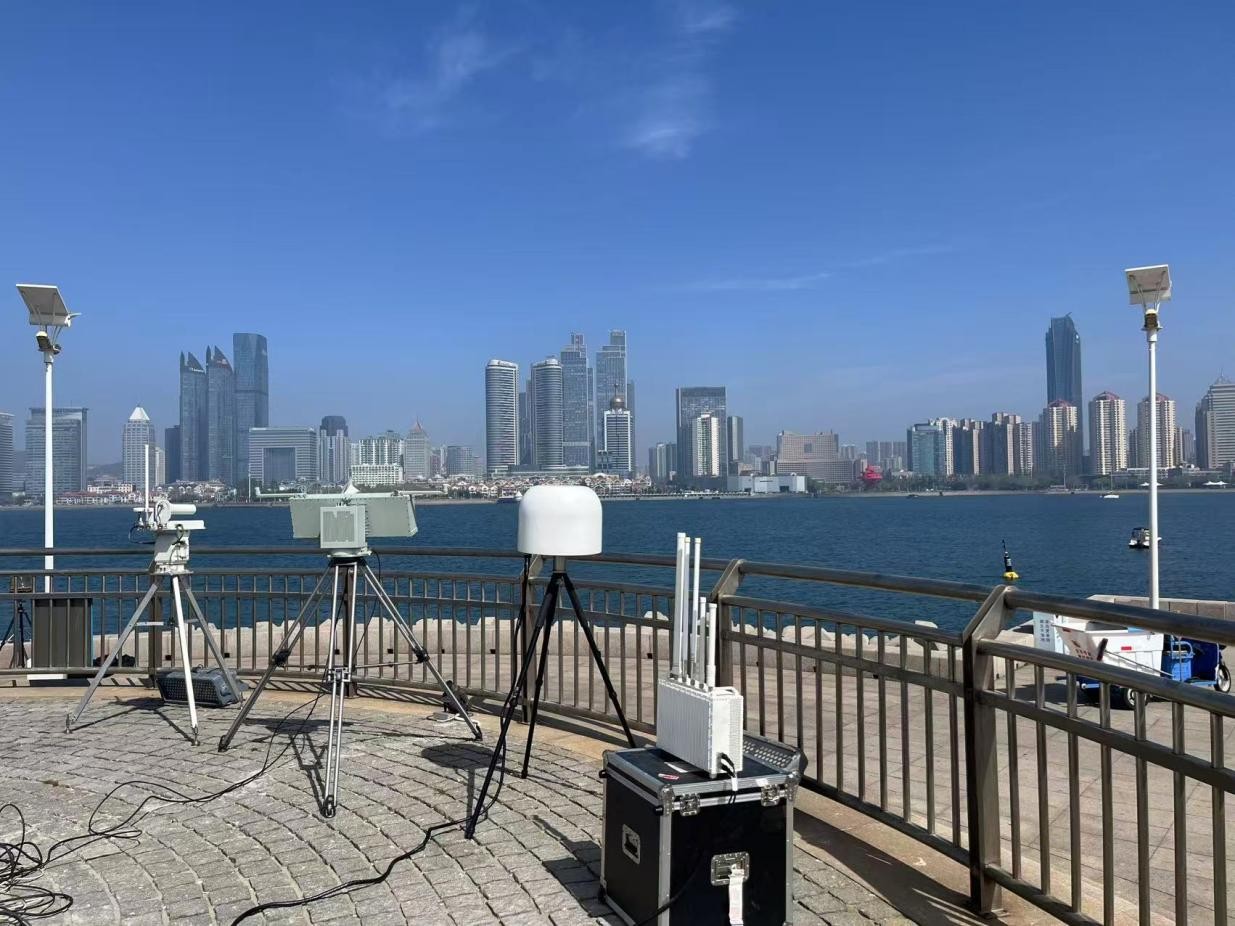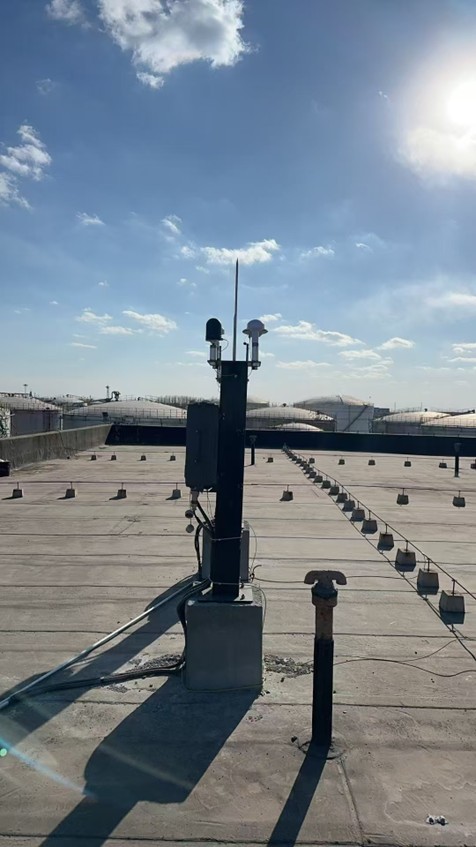Cases
Key Airspace Control • Scenario Positioning
Covers core scenarios related to national security and public order, including airport clearance areas, core government office compounds, and large-scale international events/exhibitions. It serves as the "first line of defense" against external interference. • Risk Challenges: Unauthorized drone intrusion may cause flight delays (e.g., runway incursions at airports), confidential information leakage (e.g., from classified facilities), disruption of public events (e.g., interference at concerts), and even potential safety threats to crowded areas (e.g., carrying suspicious items). • Countermeasure Value: A combined solution of real-time radar monitoring + intelligent image recognition + directional electromagnetic deterrence enables automated reconnaissance and disposal (early warning → locking → rey airspace and safeguarding national sovereignty and public safety.

Water Conservancy Project Construction Airspace Control • Scenario Positioning
Targets construction/operation scenarios of livelihood infrastructure such as reservoir dams, cross-river water transmission pipelines, and hydropower stations. It acts as a critical barrier to ensure water resource security. • Risk Challenges: Unauthorized drone filming may leak engineering design secrets (e.g., dam anti-seepage structures), or collisions with construction cranes/scaffolding due to operational errors may disrupt project progress. Drones falling into reservoirs could block water channels, threatening water supply security. • Countermeasure Value: Low-power boundary monitoring + precision area interception technology prevents drones from approaching construction zones, protecting project confidentiality and worker safety, and ensuring on-schedule delivery and stable operation of water conservancy facilities.

Chemical Plant Airspace Control • Scenario Positioning
Focuses on high-risk flammable/explosive scenarios such as oil refineries, chemical industrial parks, and hazardous chemical warehouses. It serves as the "last line of defense" against major safety accidents. • Risk Challenges: Drone intrusion may carry potential ignition sources (e.g., sparks from battery short circuits), triggering gasoline tank explosions or toxic gas leaks. Snooping on chemical storage layouts could increase the risk of terrorist attacks, posing severe threats to the lives of factory personnel. • Countermeasure Value: Long-range low-altitude radar detection, radio frequency detection + intelligent graded response (early warning → deterrence → forced landing) enables "24/7 full-coverage monitoring of high-risk areas." This eliminates drone-induced accidents (e.g., fires, explosions), protecting chemical enterprise assets and the safety of surrounding environments.

